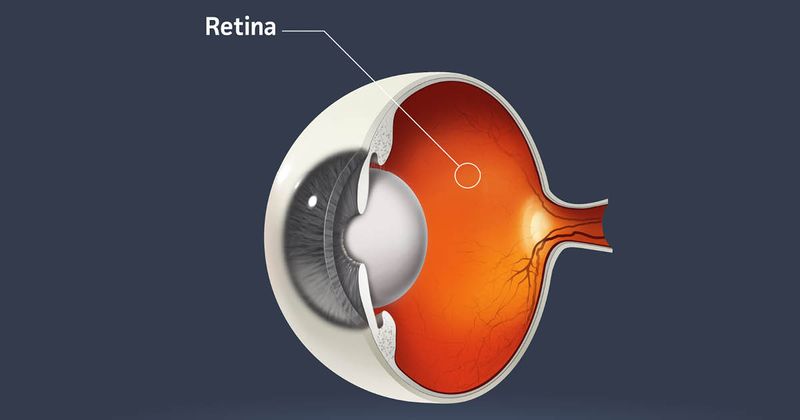Positive phase 1 safety data reported for small interfering RNA technology in wet AMD
Key takeaways:
- No adverse effects related to OLX10212 were observed over 24 weeks.
- Preliminary improvement in best corrected visual acuity was seen.
Positive safety and tolerability data were reported for OLX10212, a small interfering RNA technology, in patients with neovascular age-related macular degeneration, according to a press release from OliX Pharmaceuticals.
In the phase 1 study, 15 patients with wet AMD received OLX10212 at dose levels between 100 µg/eye/50 µL and 950 µg/eye/50 µL in one intravitreal injection.

Image: Adobe Stock
There were no adverse effects related to OLX10212 during the 2-week dose-limiting toxicity evaluation period or the 22 weeks of clinical follow-up. Additionally, observed ophthalmic adverse events were transient, mild and related to the dose administration procedure, according to the release.
“We are thrilled about the outcome of this first-in-human trial in patients with wet AMD who were treated with OLX10212,” Dong Ki Lee, PhD, CEO of OliX, said in the release. “The excellent safety and tolerability data, paired with encouraging preliminary [best corrected visual acuity] improvement, reassure the next steps in this program, and we are confident that OLX10212 and its novel mechanism of action may have potential to provide benefits in the treatment of AMD patients.”
